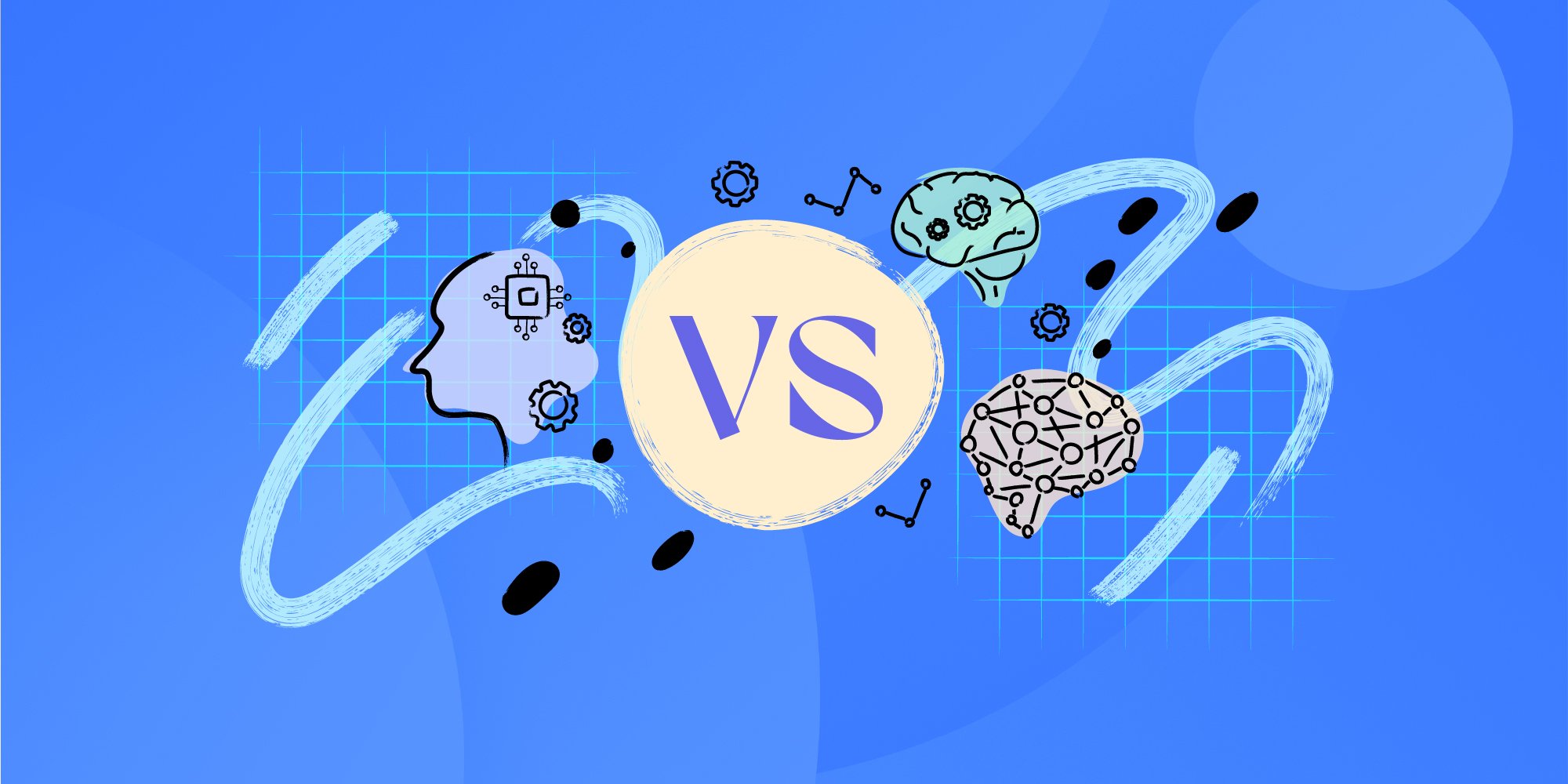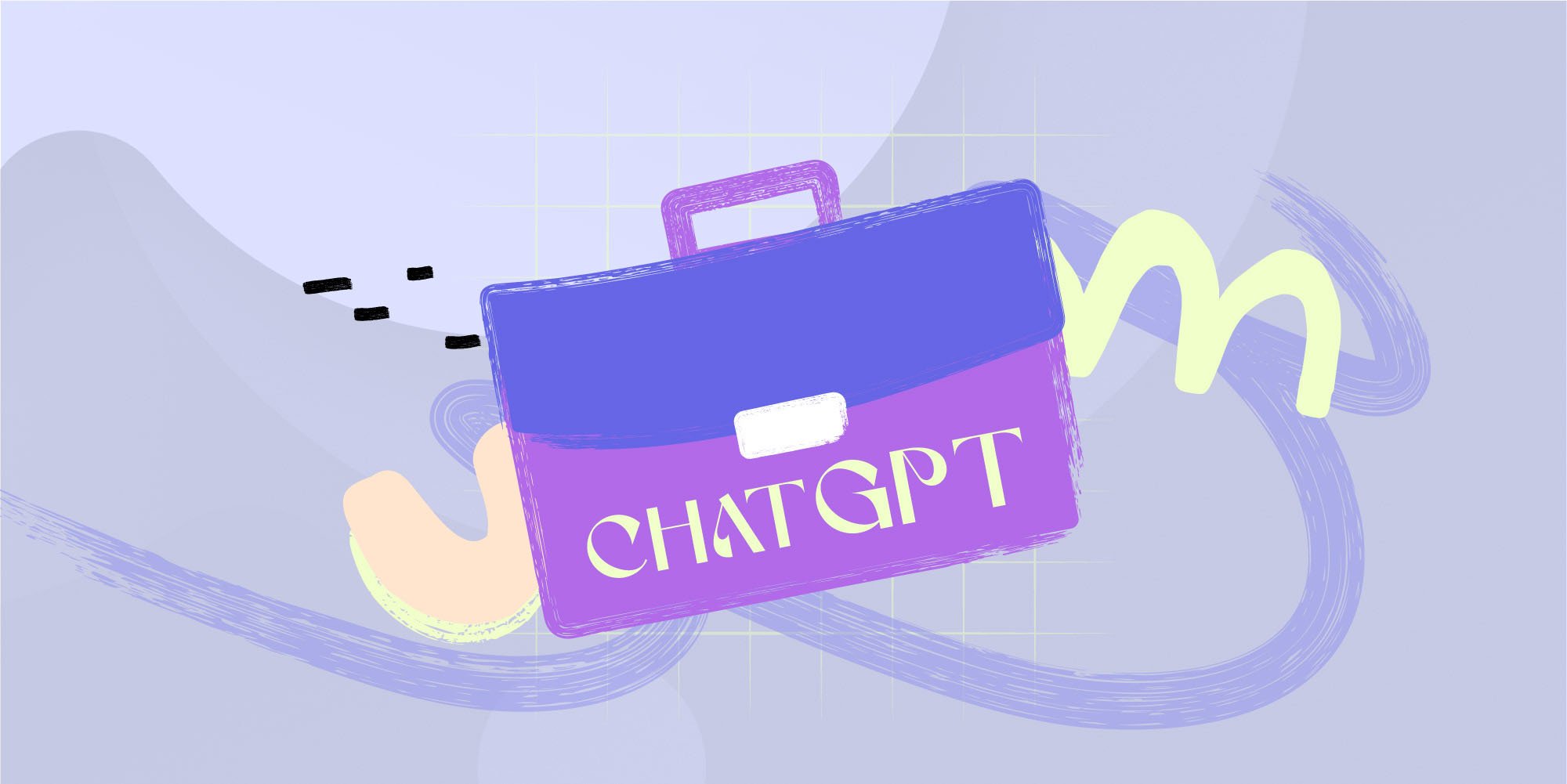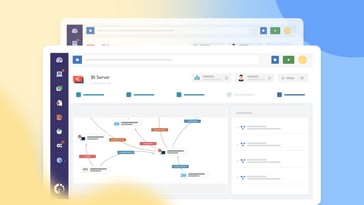Data annotation is a crucial yet often overlooked aspect of artificial intelligence and machine learning. It's the process that turns raw data into valuable information that machines can understand and learn from.
Whether you're a tech enthusiast, a business professional, or simply curious about the inner workings of AI, understanding data annotation can provide valuable insights into how modern technology processes information.
In this article, we'll explore the world of data annotation, breaking down its key concepts, types, and applications. We'll examine its use in various industries and discuss its importance in developing accurate and efficient AI systems.

Definition and importance of data annotation
Data annotation is a fundamental process in artificial intelligence and machine learning. It involves labeling raw data to make it understandable and usable for machines.
This process is essential for training AI models to recognize patterns, make decisions, and perform tasks accurately.
The concept of data annotation emerged alongside the development of machine learning algorithms. The need for high-quality, labeled data grew as these algorithms became more sophisticated. Today, data annotation has become a critical step in developing AI systems across various industries.
Why data annotation is crucial for AI success
The importance of data annotation in AI success cannot be overstated. Machine learning models rely on annotated data to learn and improve their performance.
By providing clear, labeled examples, data annotation helps these models understand the context and meaning of the information they process. This enables them to interpret and categorize new, unseen data more effectively.
The process of data annotation requires careful attention to detail and often involves specialized tools and techniques.
While it can be time-consuming and labor-intensive, high-quality data annotation is crucial for the success of AI projects. As AI continues to advance, the demand for skilled data annotators and efficient annotation tools is likely to grow, making this field an important part of the AI ecosystem

Types of data annotation
Image annotation
Image annotation involves adding labels, captions, or other identifiers to visual data. This process helps AI systems understand the content and context of images. Common techniques include:
-
Bounding boxes: Drawing rectangles around objects of interest
-
Semantic segmentation: Assigning labels to individual pixels
-
Landmark annotation: Identifying specific points on an image
Image annotation tools and use cases
Image annotation tools offer features like bounding boxes or polygons for data annotators. Image annotation is widely used in computer vision applications, such as autonomous vehicles, medical imaging, and facial recognition systems. For example, in the development of self-driving cars, annotators might label road signs, pedestrians, and other vehicles in thousands of images to train the car's visual recognition system.
Video annotation
Video annotation extends the principles of image annotation to moving images. It involves labeling objects, actions, or events in video frames. This type of annotation is particularly important for:
-
Object tracking: Following the movement of specific items across frames
-
Action recognition: Identifying and labeling particular activities or behaviors
-
Scene understanding: Providing context for the entire video sequence
Video annotation tools and use cases
Video annotation tools offer features like timestamping, audio labeling, and more. An online AI video generator can also automate parts of the annotation process, saving time and resources.
In addition, video annotation finds applications in surveillance systems, sports analysis, and content moderation for social media platforms. For instance, a video annotation project for a sports analytics company might involve labeling player positions, ball movements, and specific plays throughout a game.
Text annotation
Text annotation involves adding structure and meaning to written content. This process is crucial for natural language processing (NLP) tasks. Common text annotation techniques include:
-
Named entity recognition: Identifying and categorizing proper nouns
-
Part-of-speech tagging: Labeling words with their grammatical roles
-
Sentiment analysis: Determining the emotional tone of text

Text annotation tools and use cases
Text annotation tools offer features like data labeling, annotation, and quality control. Text annotation is used in various applications, such as chatbots, machine translation, and content recommendation systems. For example, a news aggregation platform might use text annotation to categorize articles by topic, sentiment, and relevance to user interests.
Audio annotation
Audio annotation involves labeling sound data to make it interpretable for machine learning models. This can include:
-
Speech transcription: Converting spoken words to text
-
Speaker diarization: Identifying who is speaking and when
-
Emotion recognition: Labeling the emotional content of speech
Audio annotation use cases
Audio annotation can include techniques like timestamping, audio labeling, and more. Audio annotation is essential for developing voice assistants, call center analytics, and music recommendation systems. For instance, a company developing a voice-controlled smart home system might use audio annotation to train its AI to recognize different accents, languages, and voice commands.
LiDAR annotation
LiDAR (Light Detection and Ranging) is a remote sensing technology that uses laser pulses to measure distances and create detailed 3D maps of environments. LiDAR data consists of point clouds, which are collections of data points in 3D space. Annotating this data involves labeling and classifying these points to make them interpretable for machine learning models.
The annotation of LiDAR data is crucial for several reasons:
-
Object recognition: It enables AI systems to identify and classify objects in 3D space.
-
Spatial understanding: It helps machines comprehend the layout and structure of environments.
-
Precision: LiDAR provides highly accurate spatial information, which is vital for many applications.
LiDAR annotation use cases
LiDAR annotation finds applications in various fields:
-
Autonomous vehicles: For detecting obstacles, pedestrians, and other vehicles.
-
Urban planning: To create detailed 3D models of cities for development and analysis.
-
Forestry: For measuring tree heights, canopy density, and biomass estimation.
-
Archaeology: To discover and map hidden structures or landforms.
For example, in the development of self-driving cars, LiDAR annotation might involve labeling different types of objects (cars, pedestrians, traffic signs) in point cloud data collected from city streets.
Other types of data annotation
PDF annotation
PDF annotation involves adding labels, comments, or other metadata to PDF documents. This process is useful for:
-
Document classification: Categorizing PDFs based on content or purpose.
-
Information extraction: Identifying and labeling specific data within documents.
-
Form processing: Automating the extraction of information from standardized forms.
PDF annotation is particularly valuable in industries that deal with large volumes of documents, such as legal, financial, and healthcare sectors.
Website annotation
Website annotation involves labeling elements of web pages to help machines understand their structure and content. This can include:
-
Semantic labeling: Identifying the purpose of different page elements (headers, navigation, content areas).
-
Content classification: Categorizing the type of information presented on a page.
-
User interaction analysis: Annotating areas where users typically interact with the page.
This type of annotation is crucial for web scraping, content recommendation systems, and improving web accessibility.
Time series annotation
Time series annotation involves labeling data points or segments in sequential data. This is important for:
-
Anomaly detection: Identifying unusual patterns or outliers in data over time.
-
Trend analysis: Labeling different trends or cycles in time-based data.
-
Event detection: Marking specific events or changes in time series data.
Time series annotation is used in fields such as finance (for stock market analysis), healthcare (for monitoring patient vital signs), and industrial processes (for predictive maintenance).
Medical data annotation
Medical data annotation is a specialized field that involves labeling various types of healthcare data, including:
-
Medical imaging: Annotating X-rays, MRIs, and CT scans to identify specific structures or abnormalities.
-
Electronic health records: Labeling and categorizing patient information and medical notes.
-
Clinical trial data: Annotating and classifying data from medical research.
Medical data annotation plays a crucial role in bridging technology and healthcare improvements. Utilizing techniques similar to clinical data abstraction, professionals annotate data from Electronic Health Records (EHRs) or Medical Imaging, fostering quality improvements in healthcare through data abstraction.
This enhances patient care by ensuring precise diagnostics and informed medical decision-making. Medical data annotation plays a crucial role in bridging technology and healthcare improvements.

Key steps in the data annotation process
Data preparation and cleaning
Before annotation can begin, raw data must be prepared and cleaned. This involves:
-
Removing irrelevant or duplicate data
-
Standardizing data formats
-
Addressing missing or incomplete information
This step ensures that the data is consistent and high-quality, which is essential for effective annotation and subsequent machine learning.
Data labeling and annotation
The core of the process involves attributing labels or tags to the prepared data. This can be done through various methods:
-
Manual annotation: Human annotators label the data based on predefined guidelines.
-
Semi-automated annotation: AI assists human annotators by suggesting labels or pre-processing data.
-
Automated annotation: Machine learning algorithms perform initial labeling, which is then verified by humans.
The choice of method depends on the complexity of the task, the volume of data, and the required accuracy.
Quality control and validation
To ensure the reliability of annotated data, rigorous quality control measures are essential:
-
Multiple annotators: Several annotators for the same data are used to cross-check results.
-
Consensus building: Resolving disagreements between annotators to establish the most accurate labels.
-
Expert review: Having domain experts verify annotations for complex or specialized data.
-
Statistical analysis: Using metrics to measure inter-annotator agreement and overall annotation quality.
This step is critical for maintaining the integrity of the annotated dataset and, by extension, the performance of the AI models trained on this data.
Data annotation tools and technologies
Data annotation tools are software applications designed to make the process of labeling data more simple for data annotators. These tools often include features for data management, annotation, quality control, and collaboration. Some popular data annotation tools include:
-
LabelImg: An open-source tool for image annotation
-
RectLabel: A macOS app for bounding box annotation
-
CVAT: A web-based tool for video and image annotation
-
Doccano: An open-source text annotation tool
-
Prodigy: An annotation tool that uses active learning to improve efficiency
Natural Language Processing (NLP) and data annotation
NLP plays a significant role in data annotation, particularly for text-based data. NLP techniques can assist in various aspects of the annotation process:
-
Automated labeling: NLP models can perform initial annotations, which humans can then review and refine.
-
Entity recognition: Identifying and categorizing named entities in text.
-
Sentiment analysis: Determining the emotional tone of text data.
-
Topic modeling: Automatically categorizing text into thematic groups.
NLP-powered annotation tools can significantly speed up the annotation process and improve consistency, especially for large-scale text annotation projects.
Benefits and challenges of data annotation
Benefits: Why do we need data annotation?
High-quality annotated data is the foundation of successful machine learning models. It provides the necessary context and meaning that allows algorithms to learn and make accurate predictions. The benefits of data annotation include:
-
Improved model accuracy: Well-annotated data leads to more precise and reliable AI models.
-
Faster development: Clear, labeled data can accelerate the training process for machine learning models.
-
Enhanced interpretability: Annotated data helps understand how AI models make decisions.
The role of data annotation in machine learning is crucial. It bridges the gap between raw data and machine understanding, enabling algorithms to learn from human expertise and judgment.
The limitations of data annotation
Despite its importance, data annotation faces several challenges:
-
Time and labor intensity: Annotation can be a slow, meticulous process, especially for complex data types.
-
Cost: High-quality annotation often requires skilled annotators, which can be expensive.
-
Scalability: As datasets grow larger, maintaining annotation quality and consistency becomes more challenging.
-
Domain expertise: Many annotation tasks require specialized knowledge, limiting the pool of qualified annotators.
Role of data annotation in reinforcement learning from human feedback (RLHF)
Data annotation is a key component in RLHF, a technique that aligns AI models with human preferences. In RLHF:
-
Initial training: A model is trained on a large dataset.
-
Human feedback: Annotators rank or rate the model's outputs.
-
Reward modeling: These annotations are used to train a reward model.
-
Policy optimization: The AI model is fine-tuned using the reward model.
This process relies heavily on high-quality human annotations to guide the model towards desired behaviors and outputs.
What are the best practices for data annotation?
To ensure the effectiveness of data annotation:
-
Establish clear quality control standards: Define metrics for annotation accuracy and consistency. Implement regular checks and audits of annotated data.
-
Define comprehensive annotation guidelines: Create detailed instructions for annotators, including examples of correct and incorrect annotations. Update these guidelines as new edge cases are discovered.
-
Use appropriate tools: Select annotation tools that match your data type and annotation requirements. Consider factors like ease of use, scalability, and integration with your existing workflows.
-
Train and support annotators: Provide thorough training for annotators, especially for complex or domain-specific tasks. Offer ongoing support and feedback to maintain high-quality annotations.
-
Implement a review process: Have experienced annotators or domain experts review a sample of annotations to catch and correct errors.
-
Consider iterative annotation: Start with a small batch of annotations, review the results, and refine your guidelines before proceeding with large-scale annotation.
Final notes - the importance of data annotation in AI development
The importance of data annotation in AI development cannot be overstated. It forms the foundation upon which machine learning models are built and refined.
As AI continues to evolve, the methods and tools for data annotation are likely to advance as well, potentially reducing some of the current limitations. However, the core principle remains: high-quality, well-annotated data is essential for developing accurate, reliable, and useful AI systems.















